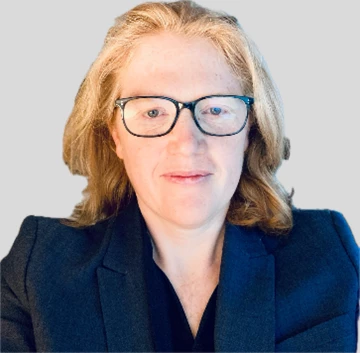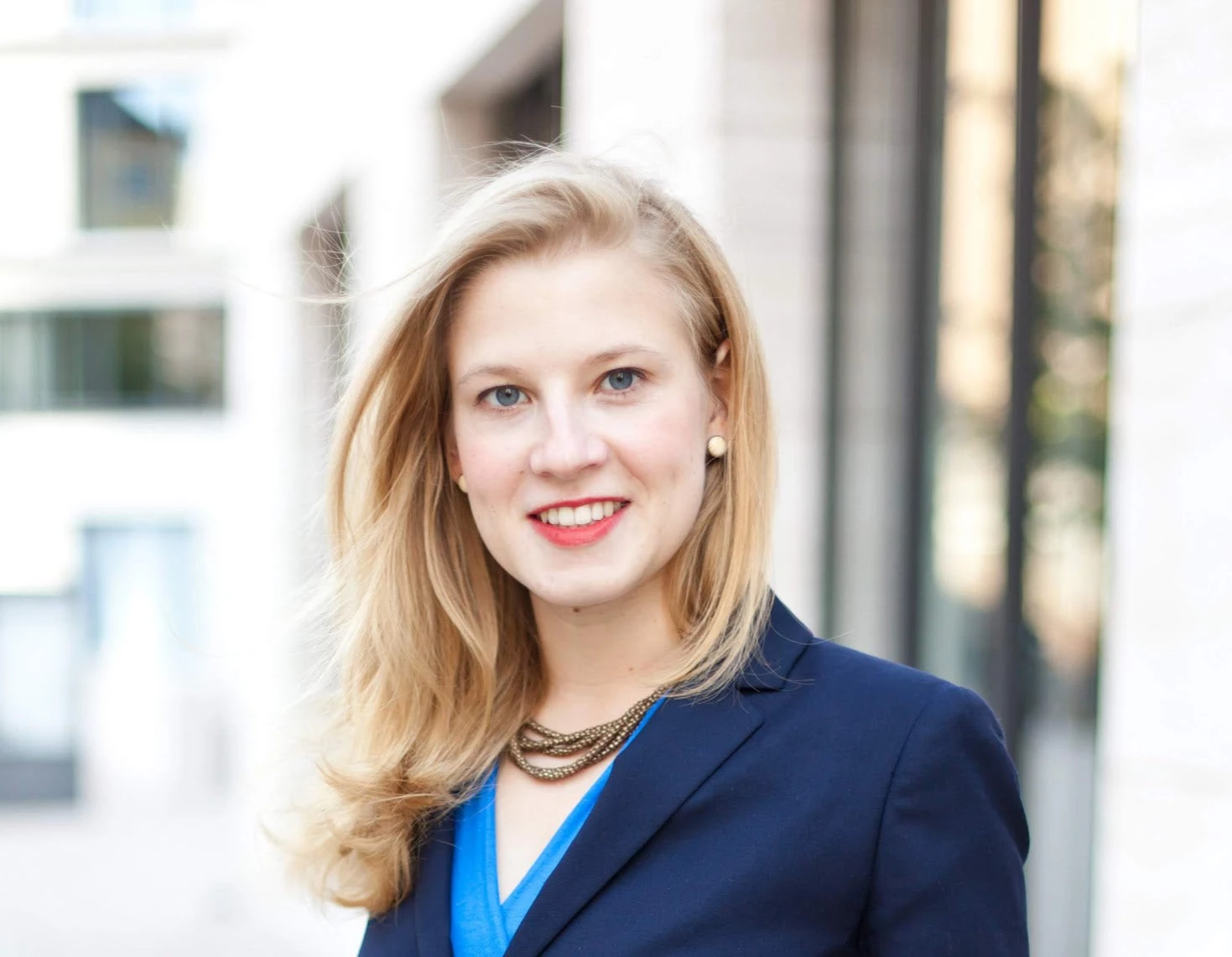 Beneficial ownership transparency is crucial in stemming COVID-19-related corruption.
Beneficial ownership transparency is crucial in stemming COVID-19-related corruption.
It is now an open secret that the corrupt can hide their ownership of assets to conceal conflicts of interest, evade taxes and enjoy their illicit gains overseas. These practices have vast but as yet immeasurable consequences on inclusive development. In recent months, we have seen regular news reporting about COVID-19-related corruption and the steering of contracts and emergency financing to politically connected firms. Barely concealed conflicts of interest in the award of emergency contracts to unqualified firms is the tip of the iceberg, however. Beneficial ownership transparency is emerging as a vitally necessary tool to stem these practices.
A recently published World Bank report on Enhancing Government Effectiveness and Transparency in the Fight Against Corruption provides an introduction to the topic and describes different approaches to administering the disclosure and verification of beneficial ownership information. It illustrates how governments can tackle some of the common challenges in supporting beneficial ownership transparency to step up the fight against corruption and money laundering.
Over the past few years, a series of large-scale, international corruption and money laundering scandals have shone a spotlight on the dangers of anonymous corporate structures. Public pressure on policymakers and regulators to address abuses has grown. But beneficial ownership transparency is not a new issue. Ten years ago the Stolen Asset Recovery (StAR) initiative drew attention in The Puppet Masters report to how “[N]early all cases of grand corruption have one thing in common. They rely on corporate vehicles- legal structures such as companies, foundations and trusts - to conceal ownership and control of tainted assets.”
The world has changed since then. The digitization of the global financial system has vastly lowered costs and increased the scale of the multinational schemes that underpin illicit financial flows. The speed with which individuals can set up companies and other legal structures to move money anonymously, and the expanding role of professional service providers and third-party gatekeepers in financial centers have all created an environment that is ripe for this kind of abuse. Yet, despite huge investments in compliance spending by the private sector, anti-money-laundering (AML) systems have not achieved observable reductions in corruption, financial crime, or money laundering.
Addressing the abuse of anonymous corporate entities is a global challenge. Loopholes in beneficial ownership disclosure rules in one country have global ramifications because illicit financial flows (IFFs) are not constrained by national borders. They will find a “safe haven” in those financial centers that offer the greatest degree of secrecy to attract illicit wealth for investment, safekeeping or spending.
The effects that such practices inflict upon economies and individuals are devastating and unevenly distributed. While professional service providers and gatekeepers that facilitate the movement of illicit funds across the globe are mainly located in wealthy countries, developing countries tend to pay the heaviest price because of lost public funds that are diverted as a result of corruption, fraud, tax evasion, and illegal exploitation of natural resources.
The development imperative of stemming the abuse of corporate structures to hide dirty money is clear: a lack of transparency of beneficial owners of corporate structures contributes to global economic inequalities and enables the theft of valuable public resources from developing countries.
“Tackling corruption and tax evasion to reduce illicit financial flows” is one of the World Bank’s IDA19 commitments, which include supporting countries to increase access to beneficial ownership information and adopt automatic exchange of information to reduce tax evasion.
The World Bank is expanding National Risk Assessments to help countries identify and address vulnerabilities to money laundering and tax evasion, and is providing support to the Financial Action Task Force (FATF) and the Global Forum on Transparency and Exchange of Information for Tax Purposes (GF) in strengthening standards on beneficial ownership transparency. The World Bank also supports governments in the effective implementation of beneficial ownership registries, and in the inclusion of beneficial ownership information in income and asset declarations , and works closely with global platforms like the Open Government Partnership (OGP) and Open Ownership.
The pandemic has only reinforced the global consensus around the need for greater beneficial ownership transparency. Progress is being made on overcoming the many technical and policy challenges to implementing it effectively in different contexts. This progress has benefited greatly from the contributions of civil society organizations and the private sector. Turning consensus into meaningful commitments now depends on governments taking action. The World Bank stands ready to support.
Editor's Note: This blog is part of a series that helps unpack our new global report, Enhancing Government Effectiveness and Transparency: The Fight Against Corruption.



Join the Conversation